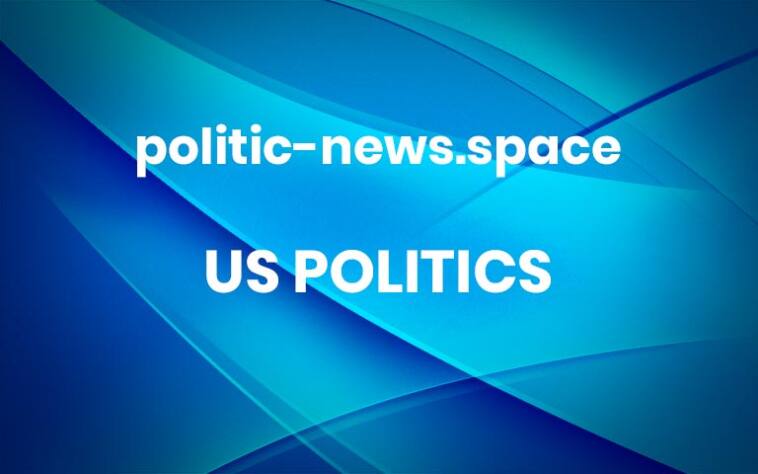Labor activist takes on Teamsters leader allying with Trump: ‘He doesn’t represent the workers’
The Teamsters International president, Sean O’Brien, is putting the “working class in jeopardy” by allying with Donald Trump, according to a prominent labor activist challenging his leadership of the powerful union.O’Brien has “no business being a labor leader” and “shouldn’t be trusted”, Richard Hooker Jr – who is running against O’Brien’s re-election next year – told the Guardian.Hooker has emerged as a leading critic of O’Brien, who described Trump as “our enemy” during his first term in the White House, while criticizing the Teamsters leadership at the time for lack of opposition to Trump, and said it was “unfortunate” so many Teamsters members voted for Trump during his victorious campaign to lead the union in 2021.As Trump marched back to power, however, O’Brien pivoted. He met privately with the president last January, and hailed him as “one tough SOB” during an unprecedented address at last summer’s Republican national convention.“When he was running, the first time he was saying the truth about Trump,” Hooker said, suggesting O’Brien made his early attacks on Trump just to win election as Teamsters president. “Now that he’s elected, he has decided to go along with Trump and everything that he’s done. But not just Trump, also the ruling class, the employer class, billionaire class, because that’s who Trump represents. He doesn’t represent the workers.”View image in fullscreenAfter O’Brien’s convention speech, the Teamsters – one of the largest unions in the US, representing more than 1.3 million workers – controversially declined to endorse a candidate in November’s presidential election. The union had endorsed every Democrat on the ticket since 2000.The Teamsters deferred comment to the O’Brien slate’s campaign. O’Brien and his campaign did not respond to multiple requests for comment.With O’Brien up for re-election next year, Hooker, the secretary-treasurer and principal officer of Teamsters Local 623 in Philadelphia, is leading a rival slate of other union leadership candidates against O’Brien’s slate.The election will take place November 2026. Hooker’s campaign is currently gathering union signatures to make the ballot for the Teamsters national convention in June, where they will vie for 5% of delegates to make the ballot for the November election.Born and raised a preacher’s son around Fayetteville, North Carolina, Hooker began working at UPS shortly after high school in 1999 while attending Drexel University. As a package handler at a UPS warehouse near Philadelphia international airport, he became disillusioned with union leadership as a shop steward with the Teamsters when grievances about their contract were dismissed.His bid to lead Local 623 came up short in 2016. But in 2020, the married father of four became the first Black man to ever lead the union, which represents workers at companies including UPS and Greyhound.Now Hooker is running to replace O’Brien at the top of one of the most influential unions in the US, due to frustrations over his decision to align with Trump, the 2023 UPS contract as UPS recently reported cutting 48,000 jobs, and allegations of intimidation against criticizing O’Brien’s administration.View image in fullscreen“You have your supposed leader flirting with someone who does not care if you have a pension – someone who does not care if you have healthcare, who does not care if you have the [National Labor Relations Board], if you have protect protections at the [Equal Employment Opportunity Commission] or [Occupational Safety and Health Administration],” said Hooker. “If you align yourself with someone who is OK with being in a relationship with that type of person, then they have no business being a labor leader, because what you’re doing is you’re putting your members and the rest of the working class in jeopardy.“I get the whole bipartisanship, I get working across the aisle. I get that. But when someone has a history of annihilating workers and the working class, then we have no business being with that person.”Hooker also wants the Teamsters to re-affiliate with the AFL-CIO, the largest federation of labor unions in the US. He would be the first Black man to lead the union. He has already started to receive harassment after launching his campaign, including an anonymous voicemail left at his office earlier this week which used racist language.View image in fullscreenRepublicans and Trump have often cited O’Brien in claims that Republicans are making inroads with labor and the working class, including from the Republican senator Markwayne Mullin, who sparred with O’Brien during a Senate hearing in 2023, but recently appeared on his podcast.Since Trump took office in January, the fallout from O’Brien’s relationship with Trump has intensified. Teamsters has also faced criticism for hiring Peter Cvjetanovic – whose face became a symbol of the 2017 Unite the Right white supremacist rally in Charlottesville, Virginia – for an administrative job at the union’s headquarters in Washington DC. Cvjetanovic was later reportedly fired.O’Brien has maintained regular communication with Trump throughout his presidency, he claimed in an interview earlier this year with the Hollywood Reporter, while making several appearances on conservative media shows, including podcasts led by Tucker Carlson, Megyn Kelly, and Bari Weiss, where he said Trump’s presidency so far was “a solid B” grade for the Teamsters.Under O’Brien, Teamsters has also significantly shifted its political donations, pouring money into Republican congressional candidates and groups rather than predominantly Democrats.“What has the union got from Trump? What have we got? We haven’t gotten anything now,” said Hooker. “Reaching across the aisle to some Republicans who have an issue of working with labor and making things better for labor, I understand that, and I agree with that.“But Trump does not have that résumé or history of doing anything for workers. Not one single thing. He comes in and eliminates contracts for workers. Even before he got elected, he told Elon Musk that he likes what he does when people go out on strike, he eliminates them. That’s who he is.” More



